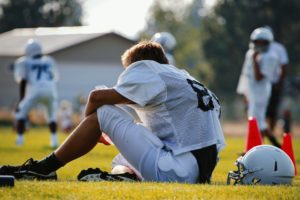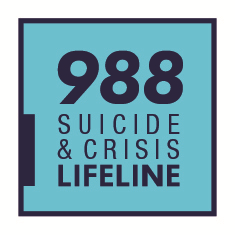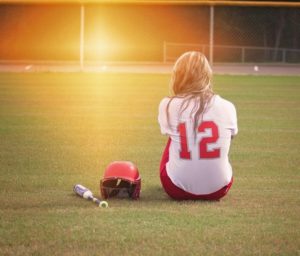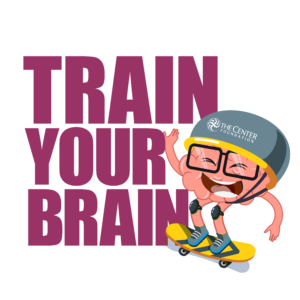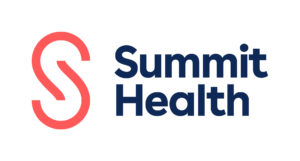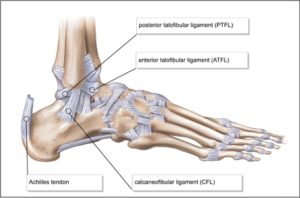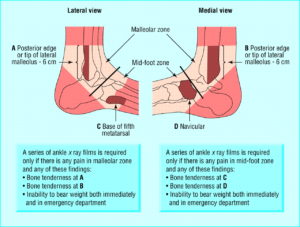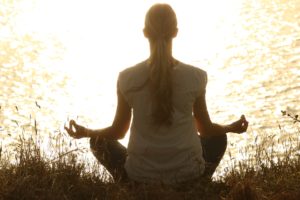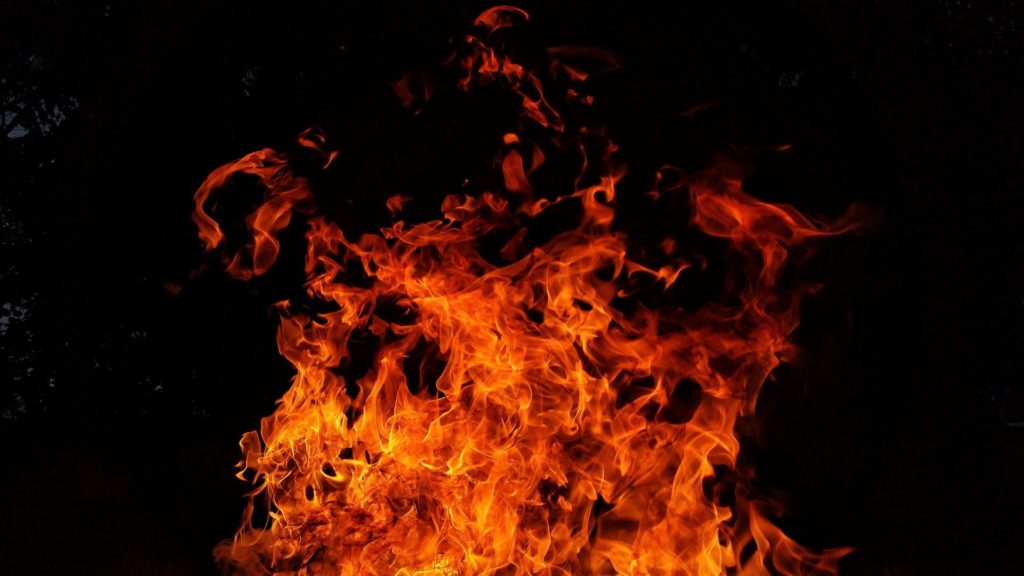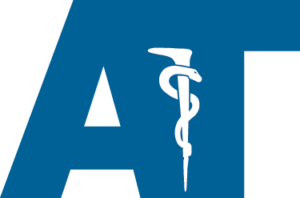Summer is in full swing, but the beginning of the Fall sports season and practices are not too far off. Summer is an important time to have fun but also to relax and recover both physically and mentally. With that said it is important to spend time this summer preparing your body for the rigors of sport to ensure that you are able to compete and be healthy. Follow these tips to get ready for fall sports.

Get OK to Play.
Visit your primary care physician for an annual wellness exam, including your sports physical. It is important to not skip your annual wellness exam and just get a sports physical. Your annual exam addresses your overall physical and mental health whereas the sports physical simply addresses your physical readiness to participate in sports. Making sure to not skip your annual exam will ensure that your body is operating at tip top shape to ensure that you are prepared to undergo the rigors of the sports season while also screening out other medical concerns that may not be caught on the typical sports physical.

Get Used to the Heat
Sport practices begin in mid-August, right when the summer heat is at it hottest! Get your body used to the heat gradually by starting early and slowly. If you take your time increasing your exposure to exercising in the heat, your body will adapt. Your body will need at least 1-2 weeks of progressively increasing your exercise intensity and duration to fully acclimate to the heat. Train with a partner and make sure you are hydrating properly to make sure that your acclimating to the heat in a safe manner.

Get Fit Early
Don’t spend the summer sitting on the couch playing video games! Instead, start getting in shape early by doing general exercise like running and weightlifting. An exercise plan designed specifically for you and the demands of the sport you are preparing for is best. If you are not sure what to do than it is best to speak with your school’s athletic trainer or certified strength and conditioning coach for help with designing a plan. If your sports team is holding off-season workouts, DON’T SKIP THEM! Not only do they ensure that you are fit and ready for the season but they help build team comradery and indicate to the coach that you are committed to giving it your all!

Heal Old Injuries
If you still have lingering injuries from the past season, its important to use this time to heal. Whether you need rest, a visit to the doctor, or some time in rehab, get started now. Regardless of the injury, it doesn’t mean you can sit on the couch and play video games. There are always ways you can train around the injury to ensure that you remain fit and strong. Make sure you talk with with a qualified healthcare professional about safe ways rehabilitate and train around your injury.

Food and Water
Proper nutrition and hydration are the most basic things you must have to be ready for the sports season. Eating well not only helps your body grow strong, but also helps your body recover. Make sure you are eating a well-balanced diet with plenty of protein and a variety of fruits and vegetables. It is best to avoid processed foods, alcohol and added sugar.
Still Need Help?
Talk to your athletic trainer if you need help developing a rehab or training plan to get ready for the upcoming sports season. Athletic trainers specialize in injury prevention and they can help you reach your sports goals safely.
Follow these 5 tips, stay healthy and safe, and you will be ready to jump into fall sports!

Written by: Stuart Schmidt, MS, ATC, CSCS Program Manager/Head Athletic Trainer for The Center Foundation in Bend, OR. Learn more about Stuart HERE.


